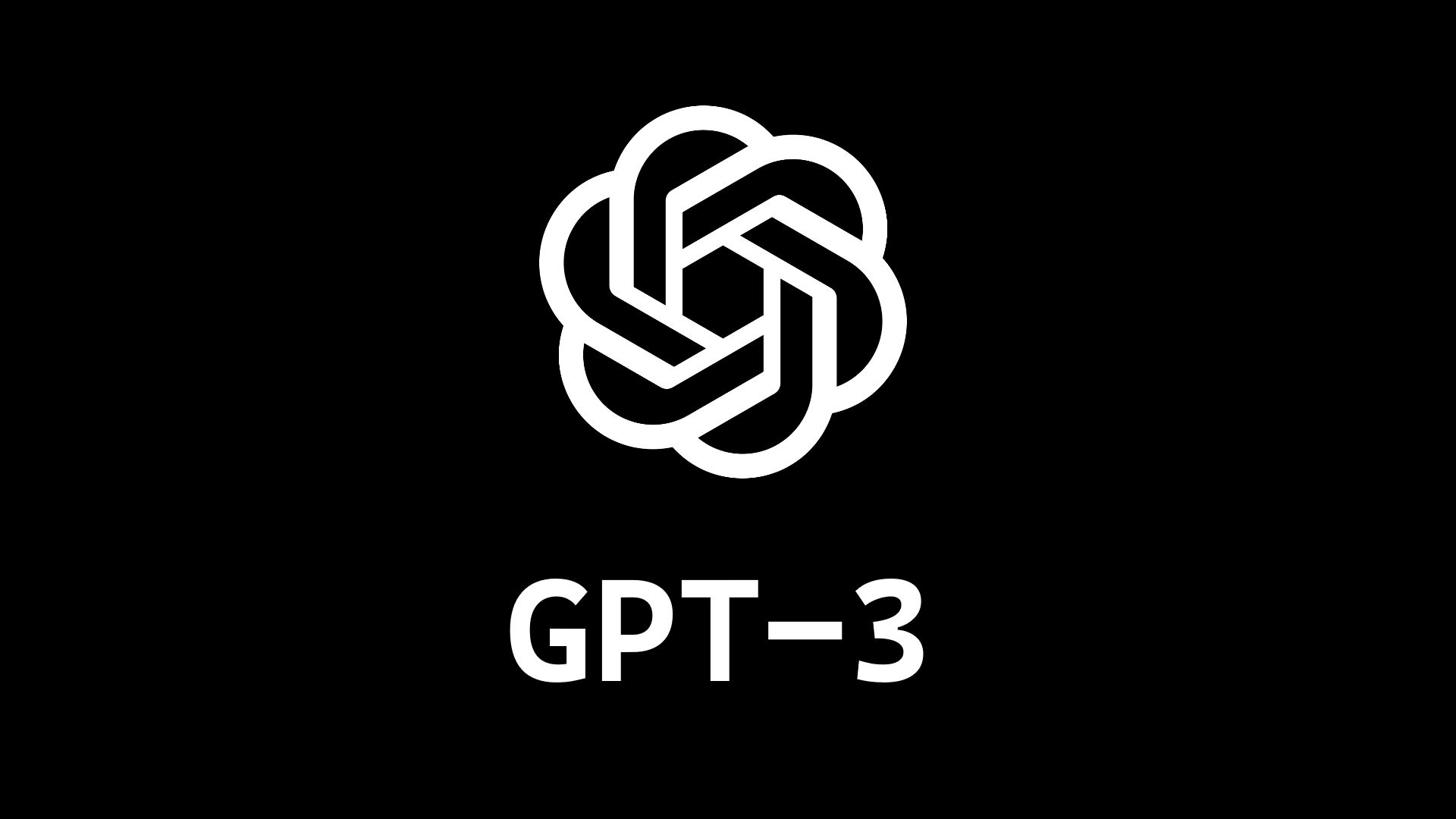This post is for subscribers only
Sign up now to read the post and get access to the full library of posts for subscribers only.
Sign up now Already have an account? Sign inChatGPT 3, an AI-powered language model by OpenAI, is revolutionizing conversations and generating human-like responses. It has a range of applications from customer service to entertainment and beyond.

Sign up now to read the post and get access to the full library of posts for subscribers only.
Sign up now Already have an account? Sign in